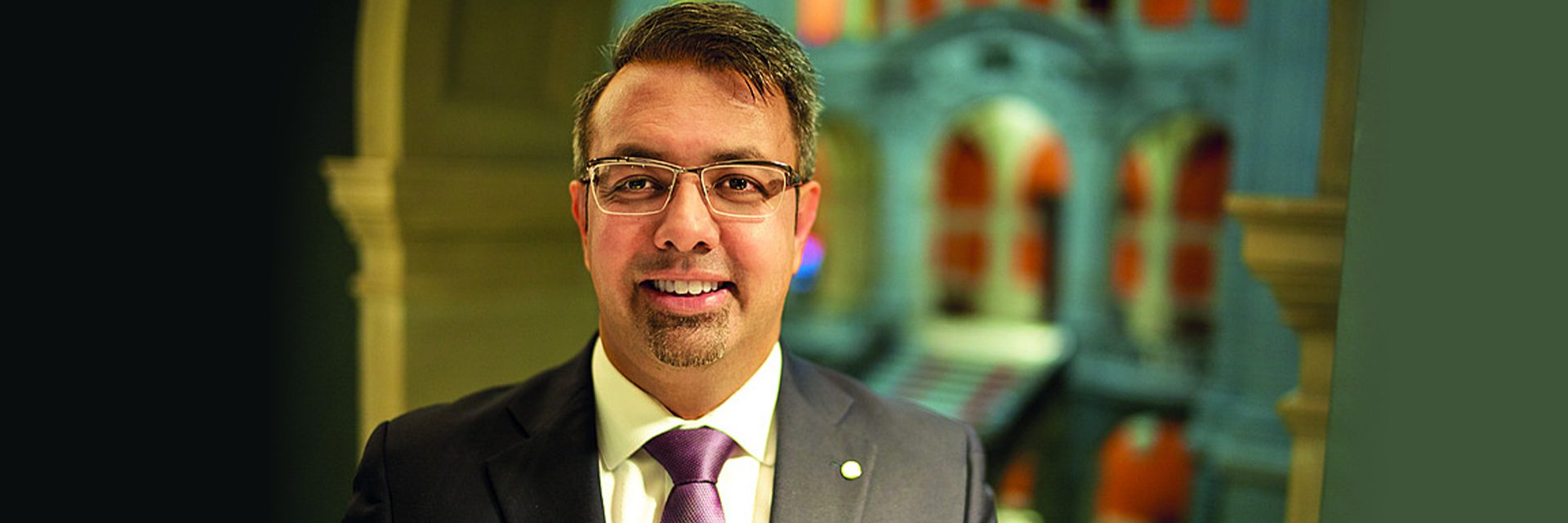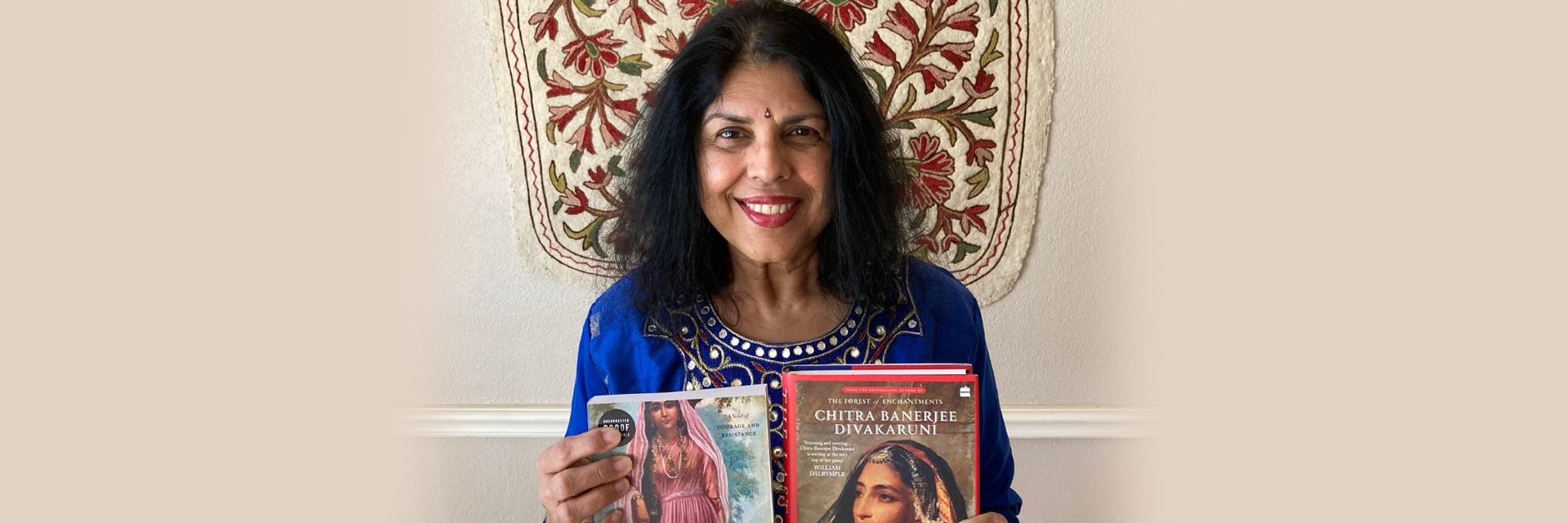(June 15, 2022) The year was 2003. The unfortunate news of Space Shuttle Columbia disintegrating over Texas during its re-entry into the Earth’s atmosphere had overwhelmed the entire world. While India mourned the demise of Kalpana Chawla, a young girl in Lucknow was busy studying in-depth about this NASA astronaut, as she resolved to join the space industry someday.
Today, that young girl – Priyanka Srivastava – is working as a Space Systems Engineer at NASA Jet Propulsion Laboratory (JPL). The Indian-American engineer was a part of the team that designed the famed Perseverance Rover – a car-sized Mars rover to explore the Jezero crater on the red planet. “No one in my family is an engineer. Ever since I was a child, I was fascinated with space. I would often wonder if there was another solar system like ours that existed somewhere else. Even back in my school, I was always sure that one day I will join the space industry,” says Priyanka, as she connects with Global Indian from Los Angeles.

NASA Engineer Priyanka Srivastava with Mars 2020 testbed
Interestingly, Perseverance Rover was Priyanka’s first project at NASA. “I was a newbie at NASA when I was given the task to test the motor control assembly of the descent stage that helped with the landing of the rover on the surface of Mars. I worked on how it was integrated to the rest of the spacecraft. Also, I checked what were the scenarios that it can fail and how can we overcome that. While it was challenging, I was able to finish the task and deliver it to the team in one year,” shares the 29-year-old NASA engineer, who in her six-year-long stint with NASA has worked on four flight missions. Priyanka is currently working as a Project Verification and Validation (V&V) engineer for the Europa Clipper mission, helping the team build and test the spacecraft.
From Lucknow to Michigan
Born in the United States of America to an Indian couple, Priyanka moved to India at a very young age. Her father, Sunil Srivastava, works with an export-oriented private company while her mother works with an insurance company. A curious child, Priyanka was first introduced to the world of space while watching Kalpana Chawla’s space mission news on TV. “I told my mother that I wanted to become an astronaut when I grow up. Later, when I started asking her more questions about space, she bought me a book on Dr APJ Abdul Kalam which inspired me a lot. Afterward, when I was a little older, I got to know about astronaut Sunita Williams who inspired me to join the space industry even more,” shares the NASA girl.

Priyanka with her family
While her parents weren’t much aware of space science, yet they supported her in every way. “They would just listen to me talk about space to no end. Even though they didn’t understand much, they never closed the door on me and my dreams,” shares the NASA engineer, who was keen to pursue aerospace engineering from Punjab University, but ended up taking electronic engineering. “I was upset about not making the cut. However, my mom pointed out that it’s not just the aerospace engineers who end up in the space industry. That motivated me to work extra hard during my graduation years,” adds Priyanka, whose younger sister works as a medical professional.
During her college days, Priyanka noticed the stark gap between boys and girls in STEM. “In my class, we had about 20 girls and 50 boys. In fact, in the robotics class, I was the only girl,” she shares. However, this didn’t deter her from pursuing her goal. After completing her BTech degree, Priyanka moved to the US to pursue her master’s in space system engineering at the University of Michigan.
Living her dream
Even though the family did experience some financial constraints, they supported Priyanka in every way possible. Her parents cut down on several small expenses to ensure that their daughter had all the resources to fulfill her dreams. “I come from a middle-class family, and money constraint was one of the reasons behind letting go the undergraduate program in the US. However, when I got an opportunity to pursue master’s from the University of Michigan, I couldn’t let it go and my parents encouraged me to follow my dreams. They were able to arrange for my living expense for the first semester, and I, too, got a student loan,” shares the NASA engineer, who is very grateful for her family’s support.
Later in the year Priyanka managed to become a professor’s assistant and graded the works of undergrad students that brought her some earning. However, things took a sudden turn for the good during her third semester. “I was working on a project at the University that took me to Jerusalem, where astronauts from all over the world gathered for the convention. There I met many space heroes – including Sunita Williams and Buzz Aldrin. I even told Sunita Williams that she was my inspiration,” shares Priyanka whose dream of working with the space industry solidified after meeting the NASA astronaut.
Though she was a brilliant student, Priyanka took some time to understand the education system in the US. Coming from India, she was used to the “hierarchy between students and teachers” but was surprised to find friendly teachers in the US. “I was a little shy when I first came to the US. I was hesitant to ask if I can be a part of project. That is when I learned how to advocate for myself. And once I started asking for more opportunities, my professors also started recognising me and my work,” she shares.
Mars and beyond…
Priyanka did her first NASA internship with Space Communication and Navigation (SCaN) Department at NASA Glenn, Ohio, as a summer intern. Soon after finishing her master’s, Priyanka joined the Launch Systems Engineering team at NASA JPL, Pasadena, as an intern for six months. “It was a whole new work, way different than University. Working with top engineers and other scientists at NASA was very challenging, but helped me learn a lot about the field. I pushed myself to work on different projects and speak up at the meetings, and that is what led to NASA hiring me fulltime in 2016,” shares Priyanka.

Priyanka and her team working on the Mars Perseverance Rover, right before it was shipped for launch
Priyanka shares that her mentors helped her hone technical, leadership and management skills. Recalling one of her favourite moments at NASA, she says, “So far I have worked on various missions, including the Orbiting Carbon Observatory-3, which was launched in 2019 and Perseverance Rover, as part of the Mars 2020 mission. But my most favourite moments at NASA have been working on a project, preparing the spacecraft for launch and then seeing it reach its destination.”

Priyanka’s parents visiting the Spacecraft Operations Room at NASA Jet Propulsion Laboratory (JPL)
After the success of the Perseverance Rover, Priyanka is busy working on a mission to an asteroid called Psyche. “This asteroid is supposed to be a core of a previous planet. NASA is sending a spacecraft there so we can learn what this asteroid is made up of. Eventually that will help us understand Earth’s core better,” shares the NASA engineer. Priyanka is also working on a mission to Europa, the smallest of the four Galilean moons orbiting Jupiter. The mission will be launched by NASA in 2024.




So inspiring . I also want to become an astronaut